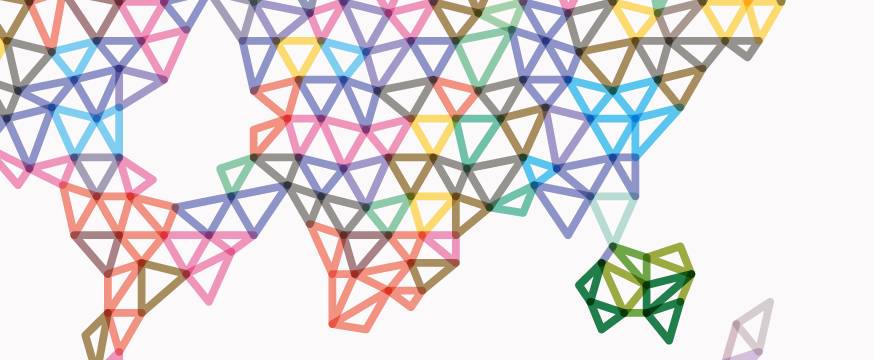
Wake up call: international study shows student achievement flat-lines
Media release 29 Nov 2016 4 minute readA report released today by the Australian Council for Educational Research (ACER) on the latest international study of mathematics and science achievement reveals no improvement in the performance of Australian students.
- Australia was outperformed by 21 countries in Year 4 mathematics and 17 countries in Year 4 science, and by 12 countries in Year 8 mathematics and 14 countries in Year 8 science.
- Australian performances in mathematics and science have largely stagnated over the past 20 years.
29 November 2016: A report released today by the Australian Council for Educational Research (ACER) on the latest international study of mathematics and science achievement reveals no improvement in the performance of Australian students.
Releasing the report, ACER Director of Educational Monitoring and Research Dr Sue Thomson said the 2015 Trends in International Mathematics and Science Study (TIMSS) shows the mathematics and science achievement of Years 4 and 8 students over the past 20 years has flat-lined, while many other countries have improved. TIMSS 2015 assessed approximately 630 000 students in Years 4 and 8 across the participating countries.
ACER is the national project manager for TIMSS and is releasing the results on behalf of the Australian, and state and territory governments.
"Australia’s performance in TIMSS 2015 is a wake-up call. ACER’s report reveals that, relative to other countries, we are actually slipping backwards," Dr Thomson said.
"Not only that, but the continuing slide in students’ mathematical and scientific achievement is occurring at a time when the economy and an increasing number of occupations are requiring graduates with advanced skills in science, technology, engineering and mathematics."
The report, TIMSS 2015: A first look at Australia’s results, shows that between one-quarter and one-third did not achieve the TIMSS Intermediate international benchmark – the equivalent of the Australian proficient standard – to apply basic mathematical and scientific knowledge in simple situations in Year 4 and apply basic mathematical and scientific knowledge in a variety of situations in Year 8.
During this same period, high-performing countries Singapore, Korea, Hong Kong, Chinese Taipei and Japan made steady improvements, while countries including Canada, England, Ireland, Northern Ireland and the United States have improved and now outperform Australia.
"Australia has remained in the middle of the pack in the past 20 years, when other countries are improving," Dr Thomson said. “Not only that, but a substantial proportion of our students are below the Australian proficient standard, with roughly half of students in remote areas at or below that level. Clearly, we have a problem."
TIMSS 2015: A first look at Australia’s results will be followed next week by the release of results from the 2015 Programme for International Student Assessment (PISA).*
"Results from PISA will provide further information about the current state of Australian education," said Dr Thomson.
TIMSS is a project of the International Association for the Evaluation of Educational Achievement (IEA) and is directed by the TIMSS International Study Center at Boston College. ACER manages the implementation and reporting of TIMSS within Australia.
TIMSS has measured trends in mathematics and science achievement every four years since 1995. 2015 marked Australia’s sixth cycle in TIMSS, following participation in 1995, 1999, 2003, 2007 and 2011.
The full Australian National Report on TIMSS, which will examine achievement more fully and incorporate descriptive and analytical findings using the background and demographic data, will be released in 2017. For further information and to download TIMSS 2015: A first look at Australia’s results, visit < www.acer.edu.au/timss >
The Australian report was released to coincide with the launch of repot on the international TIMSS study by the TIMSS International Study Center at Boston College.
TIMSS 2015: A first look at Australia’s results
(PDF: 98 pages, 5.4 MB)
Sue Thomson, Nicole Wernert, Elizabeth O’Grady, Sima Rodrigues
Audio grabs
Download broadcast-quality audio .wav files of Dr Sue Thomson.
* NOTE TO JOURNALISTS: TIMSS and PISA
The TIMSS 2015: A first look at Australia’s results report will be followed by the release on 6 December of PISA 2015: A first look at Australia’s results, reporting on the Programme for International Student Assessment (PISA), which examines the reading, mathematical and scientific literacy levels of 15-year-old students.
While TIMSS and PISA have much in common, they provide different, but complementary, information about aspects of students’ mathematics and science learning.
See the attached factsheet, PISA and TIMSS – What’s the story? for more information.
****************ENDS*************
Media enquiries: Steve Holden, 03 9277 5582 or 0419 340 058 communications@acer.edu.au